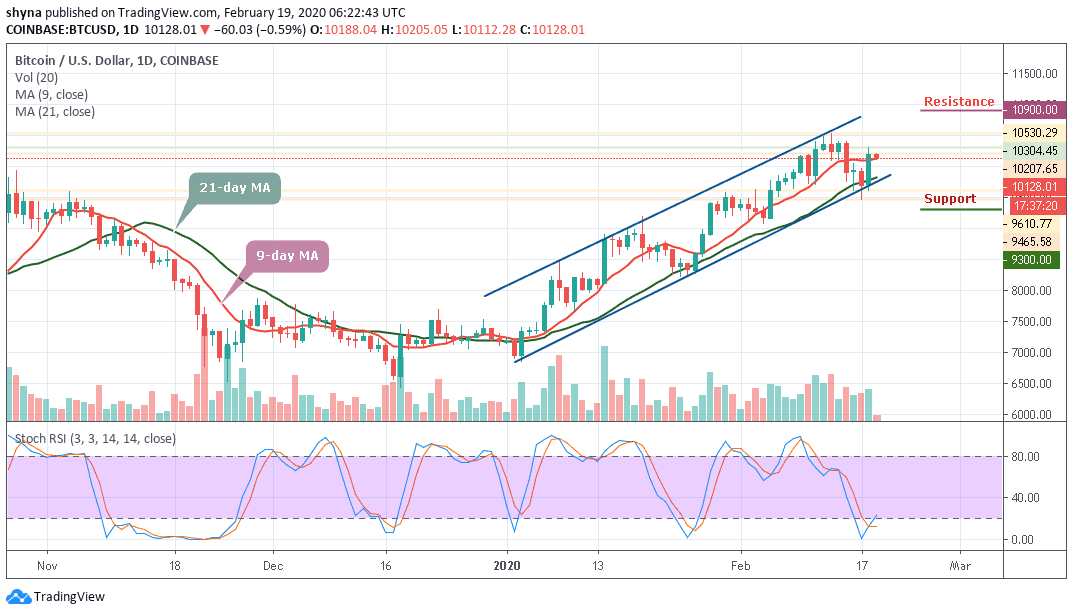Join Our Telegram channel to stay up to date on breaking news coverage
The supply of Bitcoin has naturally dispersed over time. Thanks to a wide variety of factors, such as increasing demand for BTC. The use of Bitcoin in payments and remittances has also had an effect. As more people have been able to get their hands on the asset, and as supply levels change, volumes do as well.
However, it would seem that the extent to which this change has occurred is beginning to gain steam. While Bitcoin and other cryptos are often held by whales, their influence is now dwindling.
Less Bitcoin for Larger Exchanges
Earlier this week, CoinMetrics, a data provider for the crypto space, published its State of the Network report for Bitcoin. The report revealed the volume of Bitcoin held by larger addresses had dropped significantly over the past decade.
In the report, the firm explained that “larger addresses’’ were taken to mean cryptocurrency wallet addresses that have more than a thousandth of the total supply of Bitcoin. Current data from Blockchain shows that there are 18.22 million BTC (worth about $184 billion at current prices) available in supply. This is out of a possible 21 million Bitcoins. For an address to be considered a “large address” by CoinMetrics’ estimates, it needs to contain 18,220 BTC (worth about $184 million), according to the data provider.
The report goes on to show that the volume of Bitcoin held by these addresses was 33 percent as of February 2011. Today, that number has dropped to 11 percent. The report also revealed that smaller addresses held more of the Bitcoin in circulation. This means that individuals Bitcoin users have been on the rise, contrary to public opinion.
In part, the report also touched on Tether, the most valuable stablecoin. CoinMetrics explained that Tether had seen a surge in its distribution as well, thus positing that the asset could see increasing use as a medium of exchange. The company also opined that this could be the most significant reason why supply was flowing more to the smaller wallets.
Ether Still Has a Long Way to Go
The state of Bitcoin is different from that of its biggest competitor, Ether. Last May, Chainalysis published a blog post titled the Economic Impact of Whales on the Market. At the time, the blockchain analysis firm explained that “whales:” were the top 50 shareholders within the global crypto space- with the exclusion of exchanges, wallet providers, and other asset custodial services.
The report eventually showed that there were 124 services as part of the top 500 ETH holders, while the remaining 376 were “individual whales.” These whales were also said to be in control of 33 percent of Ether’s entire supply- although the number was markedly lower than the 47 percent reported in 2016.
The report also explained that these individual Ether whales accounted for just 7 percent of the asset’s economic activity. As Chainalysis explained, most of these whales are hodlers, not traders.
Join Our Telegram channel to stay up to date on breaking news coverage


